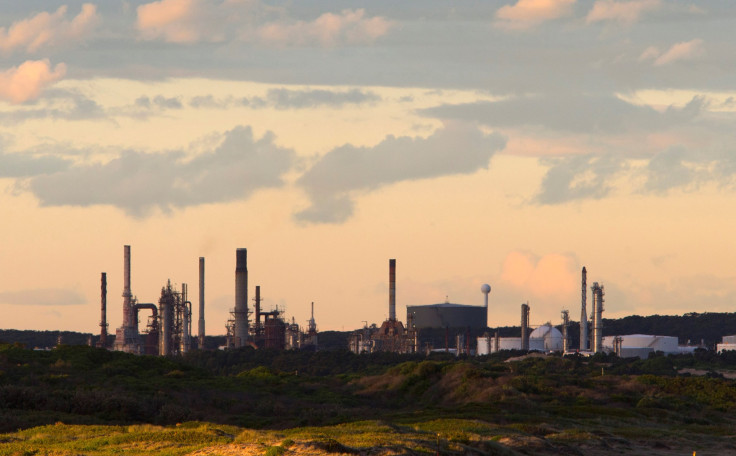Australia’s carbon emission rises by 2.4%: Study

Data compiled by Pitt and Sherry and the Australia Institute showed that Australia’s power sector could make it difficult for it to attain the international promises to curb the emission of greenhouse gasses. According to the report, Australia’s total carbon emission increased by 3.8 million tonnes in 2015, which is 2.4 percent more compared to 2014.
Carbon emissions from electricity production, which was targeted by the carbon tax, rose to 5.1 percent compared to the levels in June 2014, just before carbon tax was scrapped by former Prime Minister Tony Abbott. The total emission had risen by 1.3 percent in the year up to June 2015 after the abolishment of carbon tax.
An increased electricity consumption is also causing higher rates of emissions, as the demand for power recorded the first annual increase since 2010.
A return to coal-fired power has also contributed to the rise in emissions, as more gas is transferred to offshore markets. The share of gas in the National Electricity Market also dropped to its lowest since 2010 by 11.2 percent.
The political uncertainty over the 2020 Renewable Energy Target has also hindered investments in renewable energy projects. This held back the development of wind power.
As a result of the surplus credits from a reduction in land clearing, especially in Queensland and NSW, Australia might secure its goal of cutting greenhouse gas emissions by 5 percent of 2000 levels by 2020. However, the target of 19 percent reduction in greenhouse gas emissions by 2030 can be achieved only by ensuring an average annual reduction of 11 million tonnes of carbon dioxide from now.
"Australia is still largely dependent on coal for its electricity supply and, assuming electricity demand continues to rise, Australia's carbon emissions will continue to rise," the Sydney Morning Herald quoted Hugh Saddler, Pitt & Sherry's principal consultant as saying.






